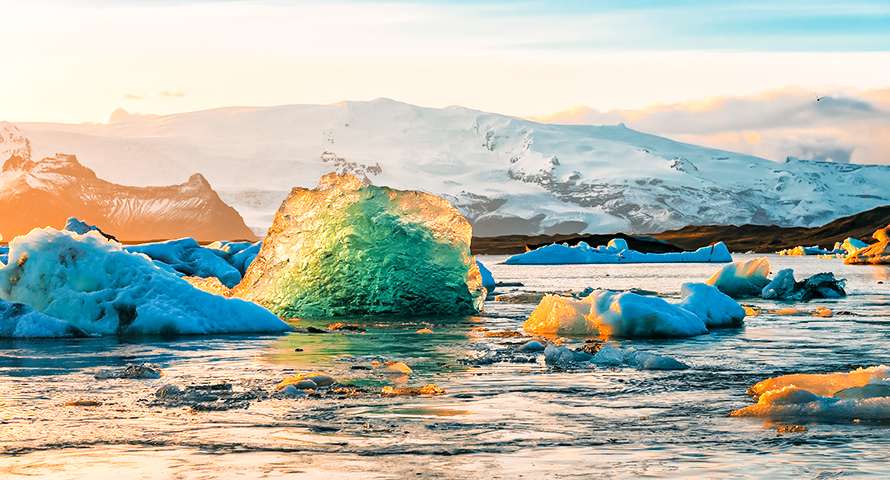Style of rolling developed by Greenlandic hunters to recover from a capsize in a hunting situation. The Greenlandic word for kayak rolling is kinngusaqattaarneq.
Modern Greenland style paddlers may compete in the Greenland National Championship every summer.
Armpit roll
One arm sweep roll with end of paddle tucked in armpit or against inside of shoulder. Your outboard hand holds the paddle palm-up, during the sweep. The inboard hand is placed over the hull during recovery as a counterweight.
Behind the back
The “behind the back” roll is a forward leaning roll. After you capsize you kiss the deck, your inboard hand is placed high up your back (and toward the side that the paddle is extended on).
Sweep forward from stern to bow in a low brace, with the paddle kept over/behind your back, perpendicular to your spine. The “behind-the-back” roll is one of the most contorted of all the Greenland rolls and can be spatially confusing to learn.
I found this roll easiest to learn by working at it backwards. With the paddle in the finish position, I practiced leaning over and sculling up, then capsizing completely toward the paddle, and recovering without the scull, and finally getting into the tuck and performing the complete roll. You are allowed to cup one hand around the end on this one, but you can do it also by sliding your hand to the extreme end of the paddle.
On this roll, when I capsize, I tuck strongly forward, and this allows me to place my inboard hand high up my back. This gives you the ability to sweep the paddle with your outboard hand. I prefer to sweep stern to bow, and then recover by sweeping back toward the stern (it feels like you “pry” yourself up). You are permitted to scull up, if necessary.
This roll can be painful, avoid it if you have a history of shoulder problems. Many folks confuse this roll with the “spine” roll, where the paddle is kept behind your back (parallel to your spine) and projects over your head). The “behind-the-back” roll is one of the most contorted of all the Greenland rolls and can be spatially confusing to learn. You will find that this roll easiest to learn by working at it backwards. With the paddle in the finish position, you need to practice leaning over and sculling up, then capsizing completely toward the paddle, and recovering without the scull, and finally getting into the tuck and performing the complete roll.
You are allowed to cup one hand around the end on this one, but you can do it also by sliding your hand to the extreme end of the paddle.
Roll with hunting float
For a roll starting with a capsize on the left, the float is tied tightly to the right side of the kayak. The float is secured with one line from the float to the decklines just behind the cockpit and another line from the float to the deck lines at the stern, so that float rides in the water (not on deck), on the right side of the kayak, just aft of the cockpit.
You must undo and retie the float for an attempt on the other side, reversing the directions above. Once the float is rigged, you perform a standard extended paddle roll, the float provides strong resistance to test your roll.
Note that this is not how a float is normally rigged to a hunting kayak. This tests the worst-case scenario that the float is no longer centered on the hull, and has shifting to the side, fighting your efforts to recover. It takes a very strong roll to overcome the buoyancy of the float.
Make sure the float is tied securely! During the competition, my float was tied loosely, and I rolled up with no float in sight! The slack in the line allowed the float to stay directly under my keel. The kayak was stable for a moment, I had to wriggle it to dislodge the float, and suddenly the float exploded free with enough violence to buck the stern of my kayak upward, and caused me to capsize. I had to try again, and got it, but the first failure caused me to lose a point.
Spine roll
The spine roll is done with the paddle held behind your back (parallel to your spine). Essentially a layback roll (like a standard roll with added contortions due to the setup as shown in pic). The paddle is kept behind your back and projects over your head. Some Greenlanders teach that this roll is easier to perform if you hold the paddle so that it projects between your shoulder and head, rather than straight over your head. This variation is “legal” for competition.
Straight jacket
The straight jacket roll is done with no assistance from a paddle and without using one’s hand. It relies entirely on the paddler using their body to right the kayak. Considered the most difficult roll to do, it requires perfect timing and technique.
Throwing stick, start tucked forward, finish leaning aft
Using the norsaq, tuck forward, capsize toward your inboard hand. Wait until your body floats up to the surface. Begin to rotate the kayak upright. The inboard hand may be thrown across the hull for balance. Your sweeping hand must be palm-up during the roll. Do a sweep, palm-up from bow to stern. Keeping your torso low, recover on the aft deck
Vertical sculling roll
Hold the paddle in an extended low brace position and raise your upper hand so that it is close to your forehead, your palms face toward the gunwale, capsize and scull up with the paddle held vertically, to starting position or slightly tucked forward.

